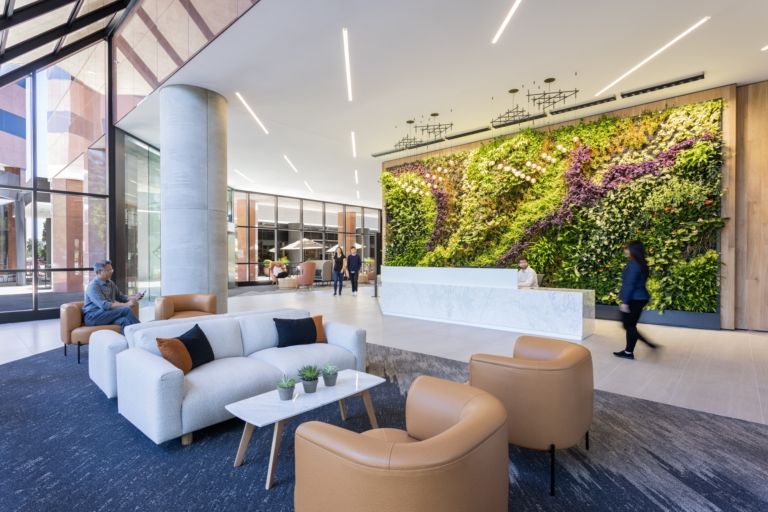Comment bâtir un workplace durable ?
Un réchauffement climatique supérieur à 1,5°C représente des risques importants
On estime que les activités humaines ont déjà causé 1°C de réchauffement climatique au-dessus des niveaux préindustriels et à moins qu'une action drastique ne soit entreprise, nous dépasserons le seuil de 1,5°C dans les 30 à venir 50 ans. Les risques associés à un réchauffement climatique supérieur à 1,5 °C représentent des risques importants pour les systèmes dont nous dépendons. Les émissions mondiales des prochaines décennies façonneront notre planète pour les siècles à venir.

APPORTER UNE CONTRIBUTION POSITIVE
Nos convictions environnementales
En tant que professionnels de l'environnement de travail, nous avons un rôle essentiel à jouer à la fois pour atténuer les impacts sur ces systèmes et pour permettre aux infrastructures et au développement urbain de s'adapter aux changements en cours.
L’industrie est responsable de 40 % des émissions mondiales de carbone. Il est de notre responsabilité de réduire les émissions et de contribuer à un avenir durable. En démontrant notre engagement par l'action, nous pouvons mieux conseiller nos clients.

Chez Wx, nous nous engageons à apporter une contribution positive au monde, la durabilité est donc au cœur de notre travail. Nous pensons que fournir des résultats durables aux parties prenantes actuelles et aux générations futures renforcera notre entreprise à long terme.
Nos expertises combinées nous aident à réaliser des solutions à n'importe quelle échelle pour aider à façonner un monde meilleur.
Nos singularités de travail
Nous croyons qu’une analyse approfondie des données existantes doit éclairer les questionnements qui touchent au bien-être des collaborateurs et à l'impact environnemental. Trop souvent nous constatons que les décisions d’aménagements sont basées sur le ressenti de quelques-uns.

Nos expertises
Concilier performance workplace et impact durable !
-
Benchmarck et bonnes pratiques
-
Analyse de performance énergétique
RALENTIR POUR ACCÉLÉRER !
Notre méthodologie
En comprenant comment vos employés travaillent, en leur demandant quels sont leurs usages de travail individuels et collectifs, et en les impliquant dans le processus de décision. Vous limiterez le temps et le coût inhérent à la gestion du changement.
Vous obtiendrez une meilleure feuille de route :
- Propre à votre entreprise, sa culture et des membres,
- Réaliste par rapport à la situation actuelle
- Opérationnelle dans sa mise en oeuvre car basée sur l’intelligence collective
